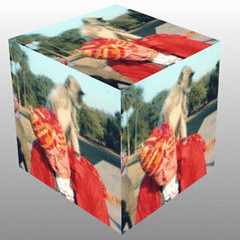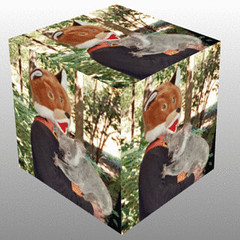The main uses of the subjunctive include (generally, que will follow the verb):
1. After the verbs querer and desear (to want) when there is a change of subject (but use the infinitive if there is no change of subject)
2. When one person tells (decir) or asks (pedir) another person to do something.
3. After verbs of emotion or command, such as esperar (to hope), sentir (to be sorry), temer (to fear), alegrarse (to be glad), mandar (to order), rogar (to request), when there is a change of subject.
4. After dudar (to doubt) and other verbs expressing uncertainty (negative of creer), as well as after quizás, tal vez and acaso (maybe) to reinforce the idea of doubt.
5. After most impersonal expressions, such as es posible que / puede que (it’s possible), es importante que (it’s important), es necesario que / hace falta (it’s necessary) if there is a subject for the subordinate verb.
6. In adjective clauses is the antecedent is indefinite
7. After certain conjunctions, such as para que (in order that), sin que (without), and antes que (before)
8. After time conjunctions, such as cuando (when), en cuanto (as soon as), hasta que (until), when future is implied.
9. After que in expressions of wishes or desires: Que aproveche! Have a good meal!
10. To translate the future tense in subordinating clause:
Cuando sea mayor iré a España. When I’m older, I will go to Spain.
In contrary-to-fact conditions, the past subjunctive must be used in the if-clause (and the main clause is in a conditional tense)
Links
http://www.ielanguages.com/spanish4.html
Next: 073 Spanish Adverbs
Word Document at: 072 Spanish uses of the Subjunctive
WereVerse Universe Baby!











